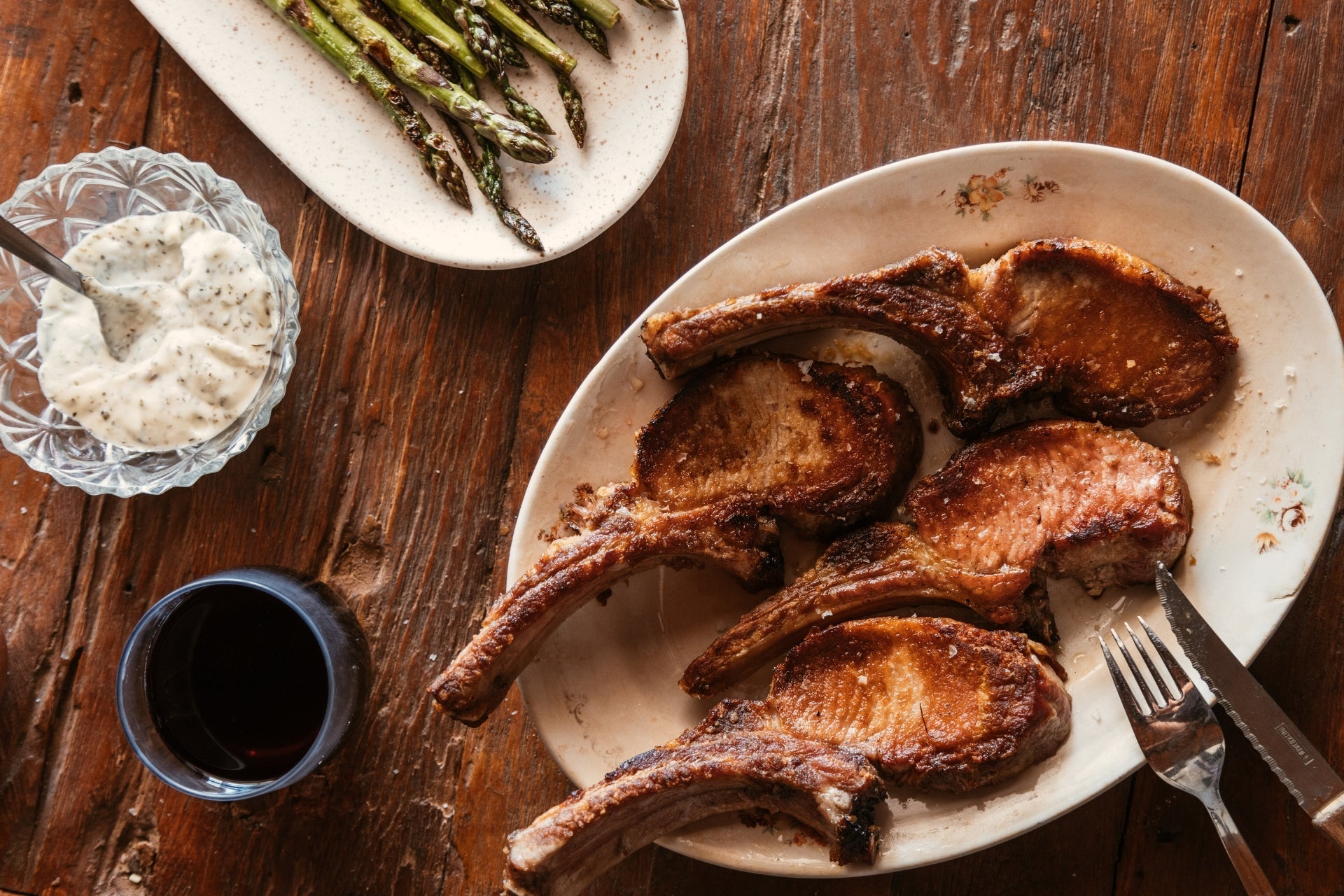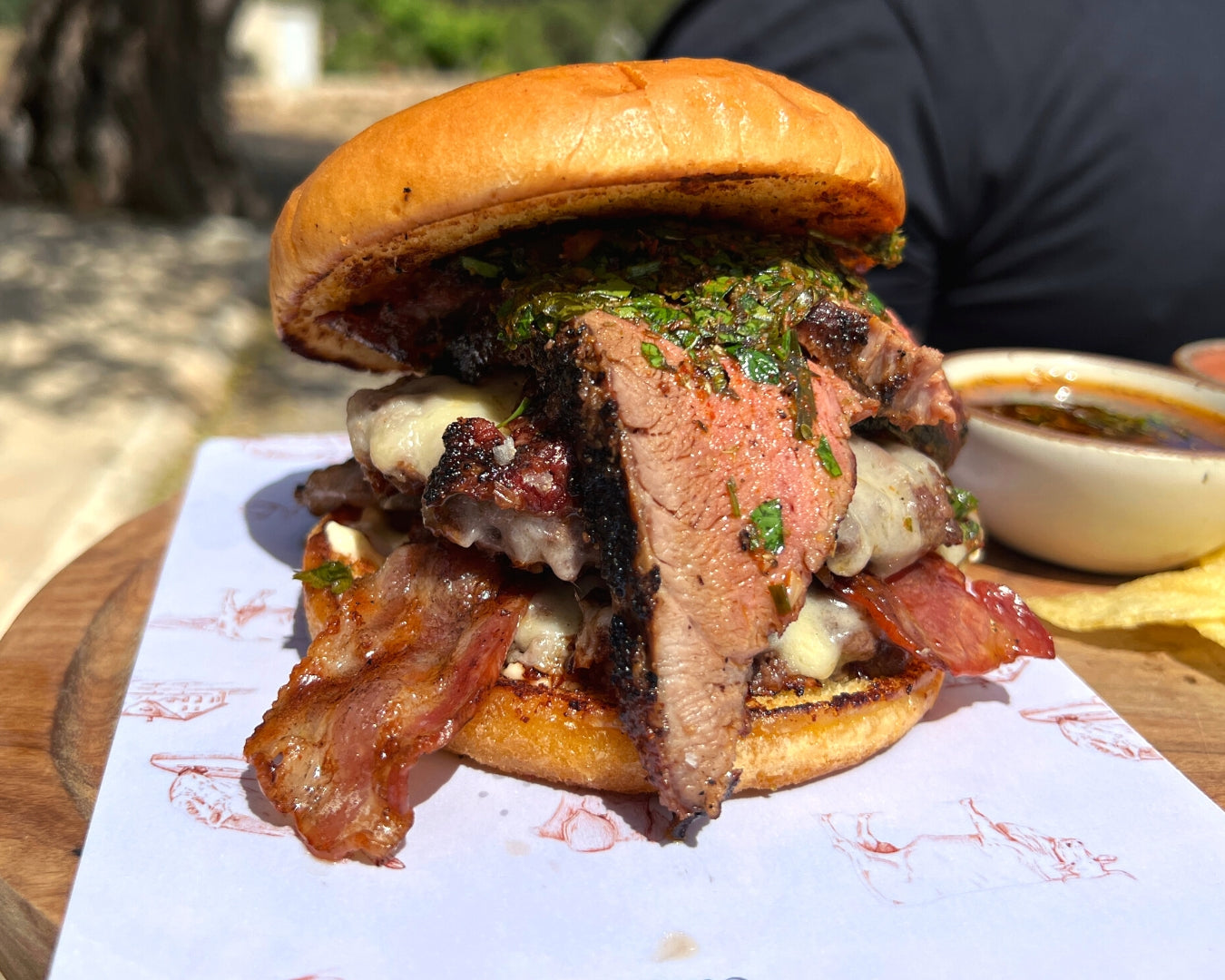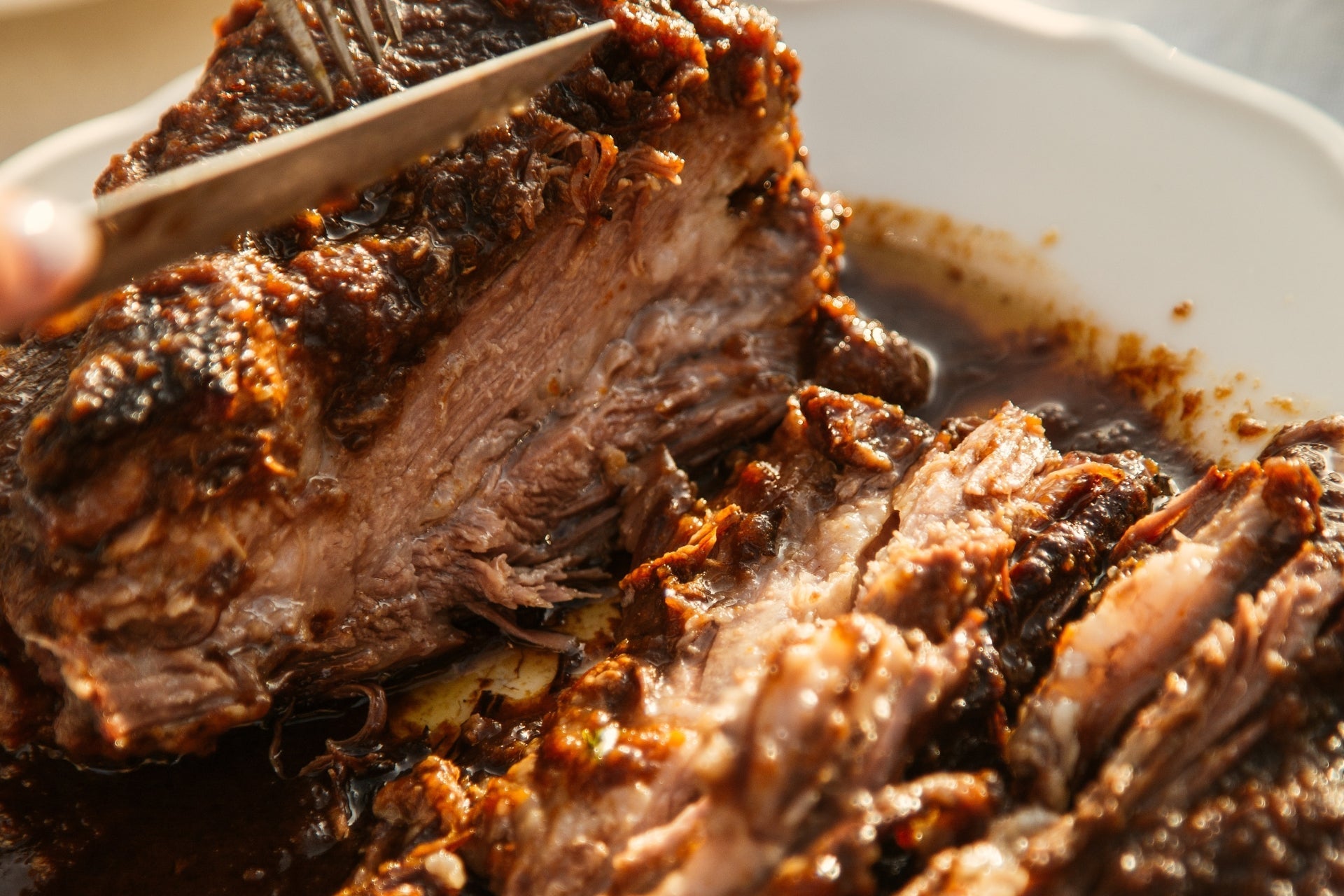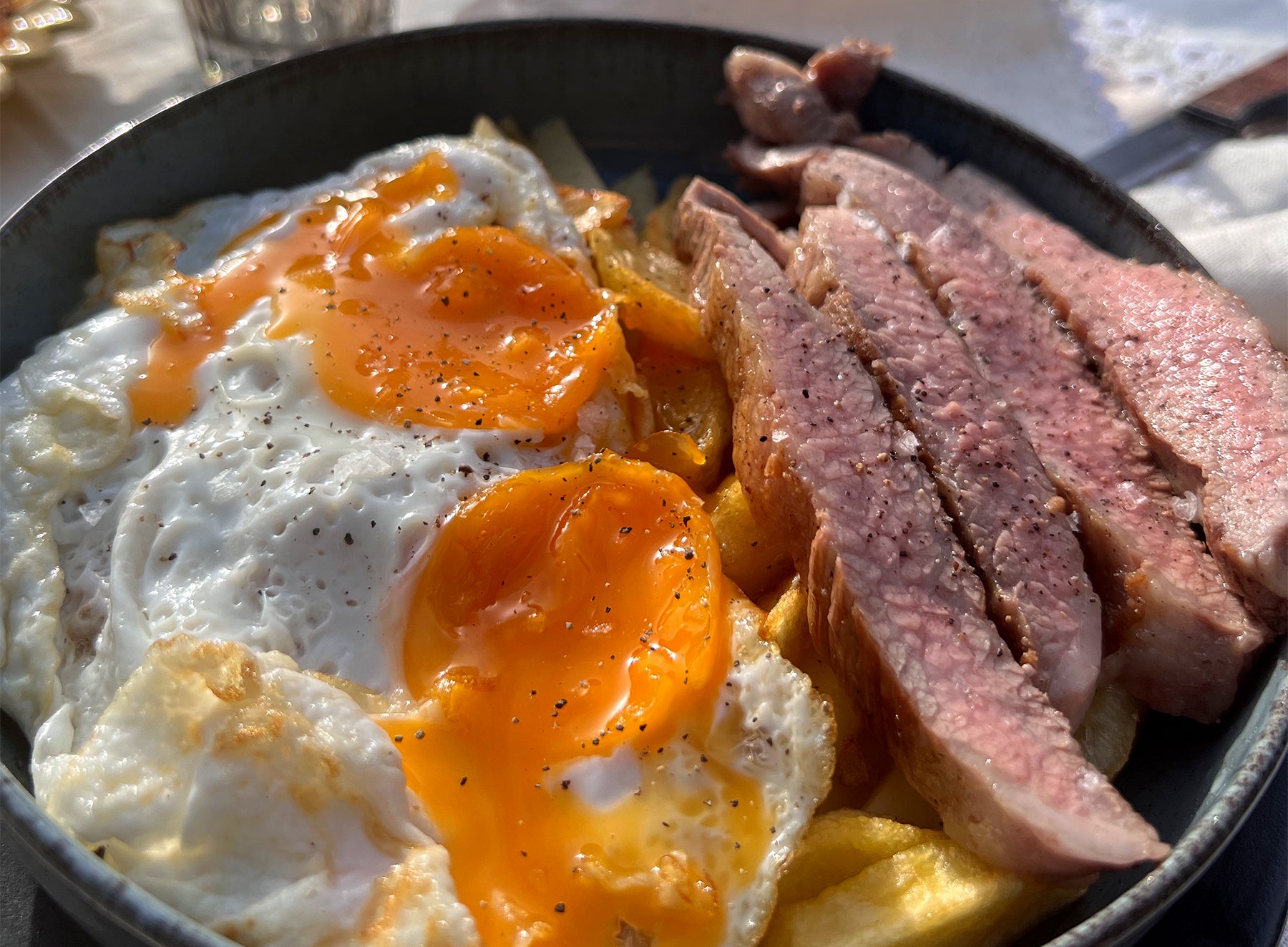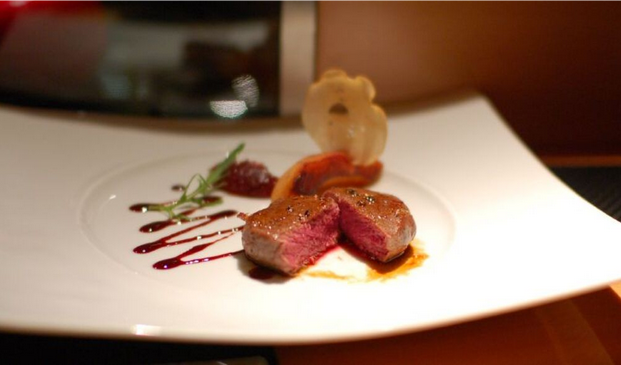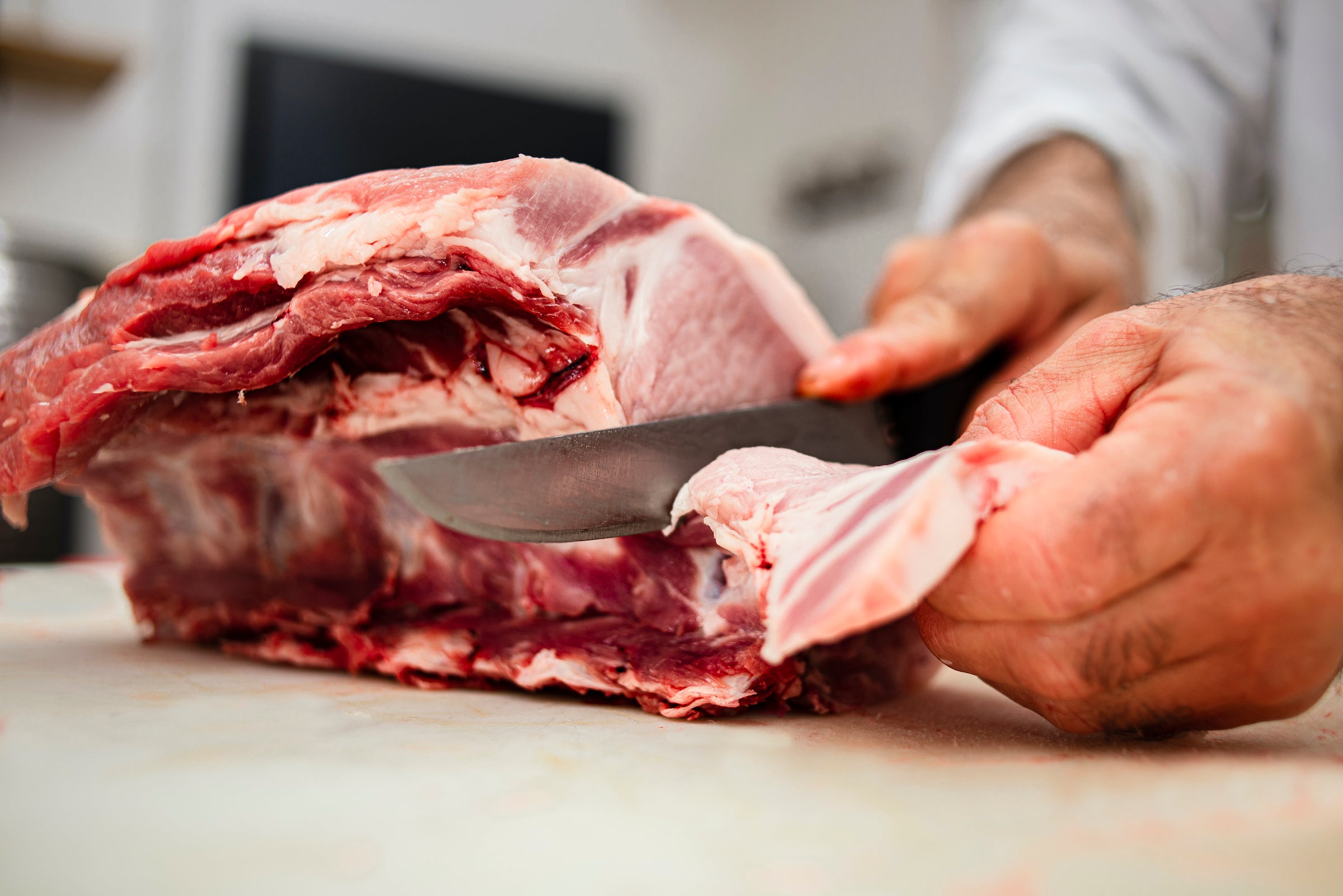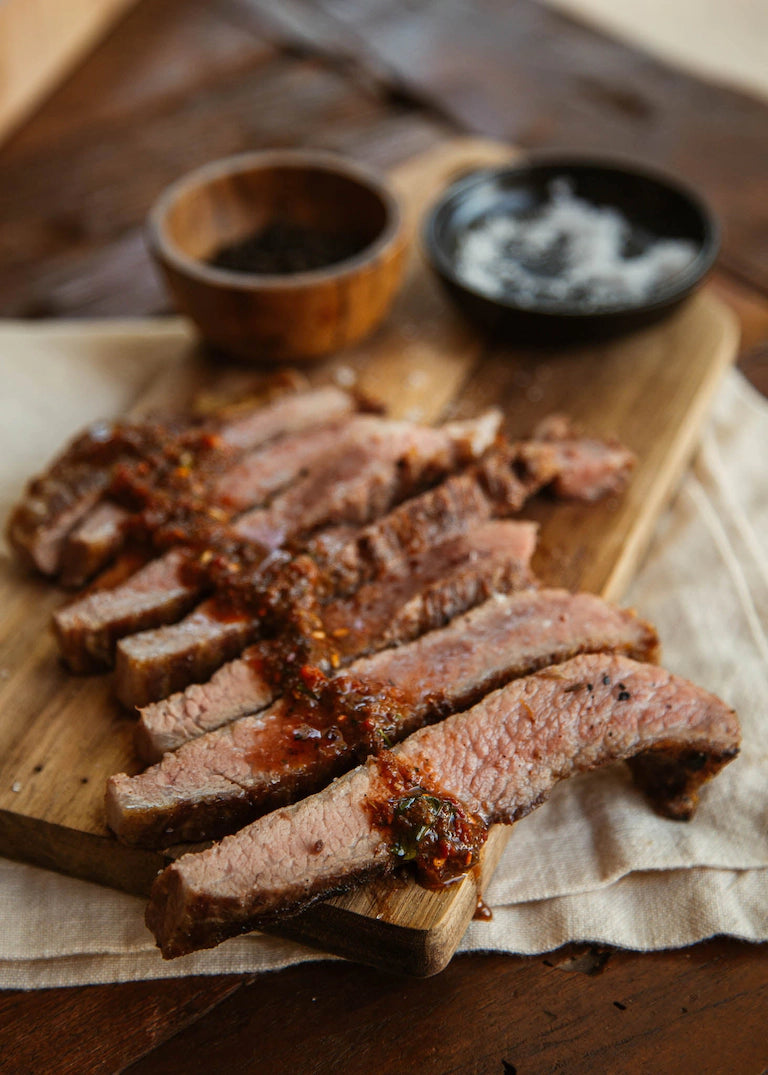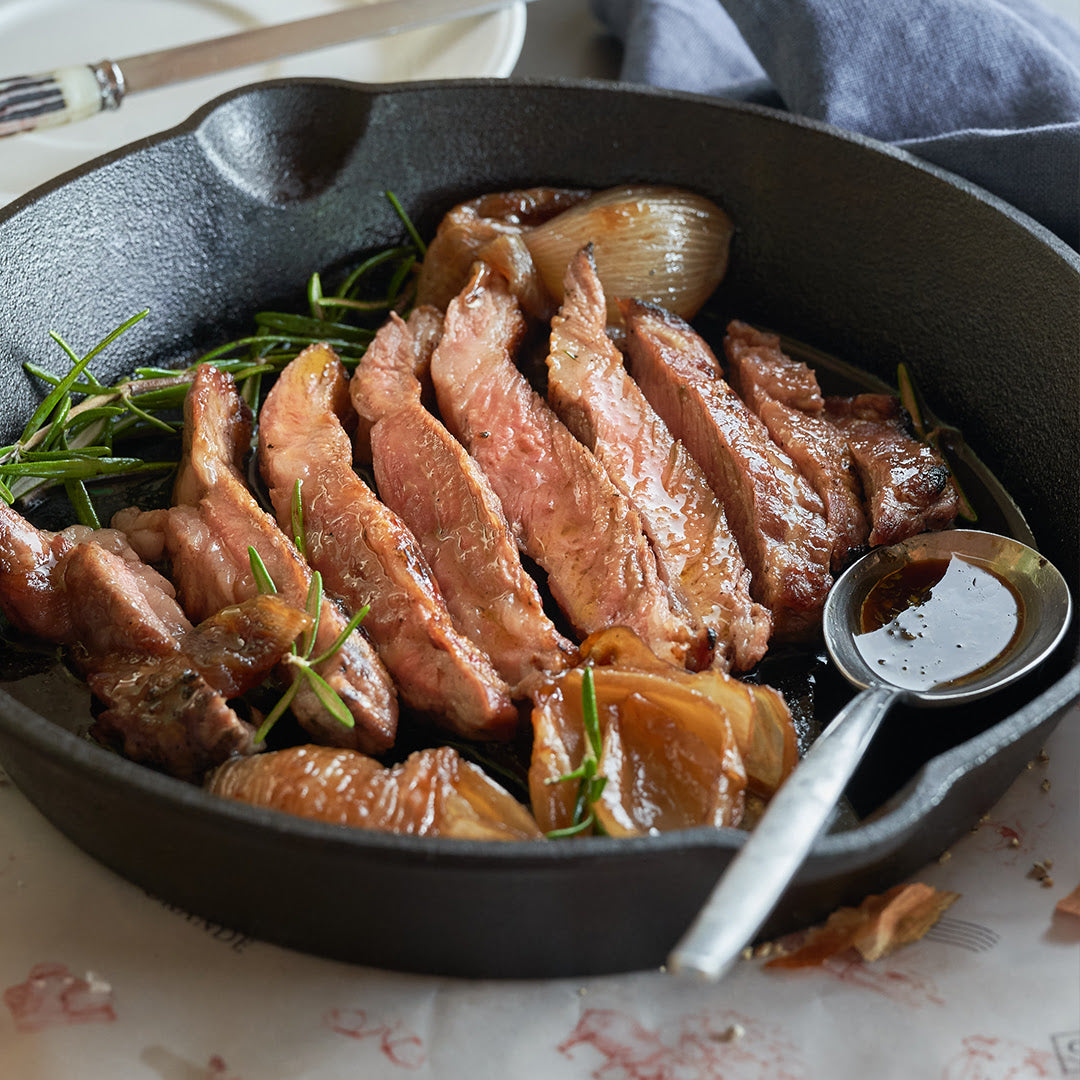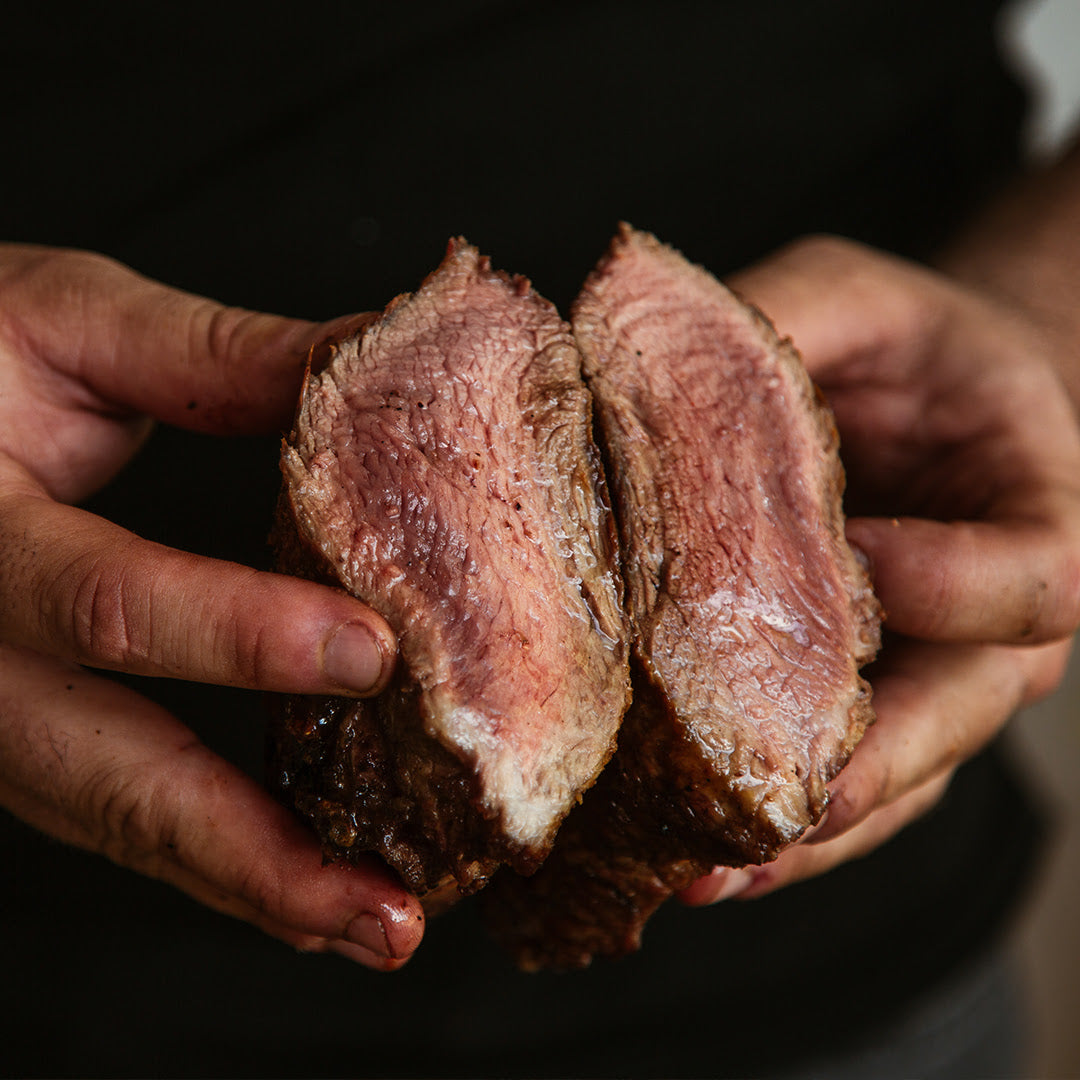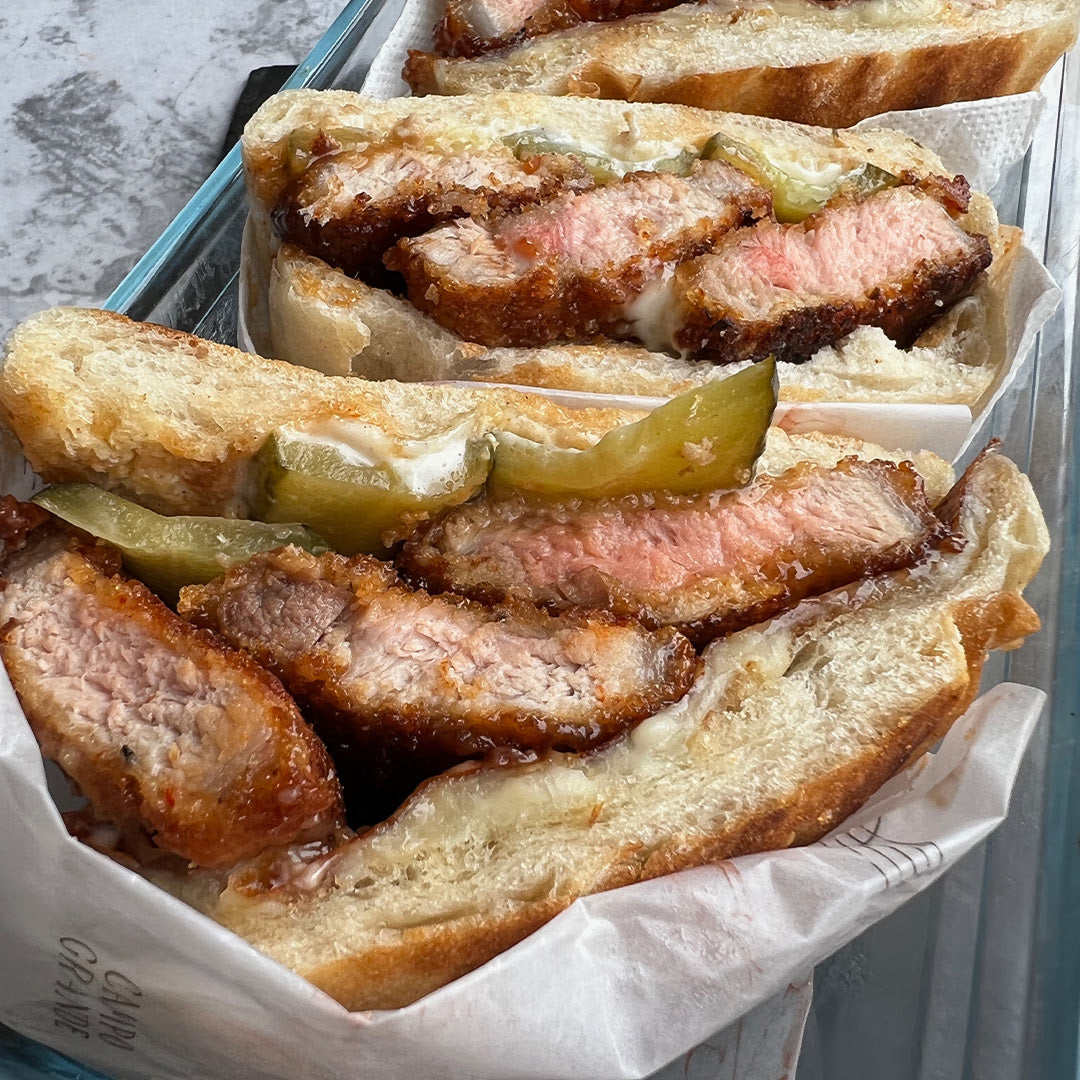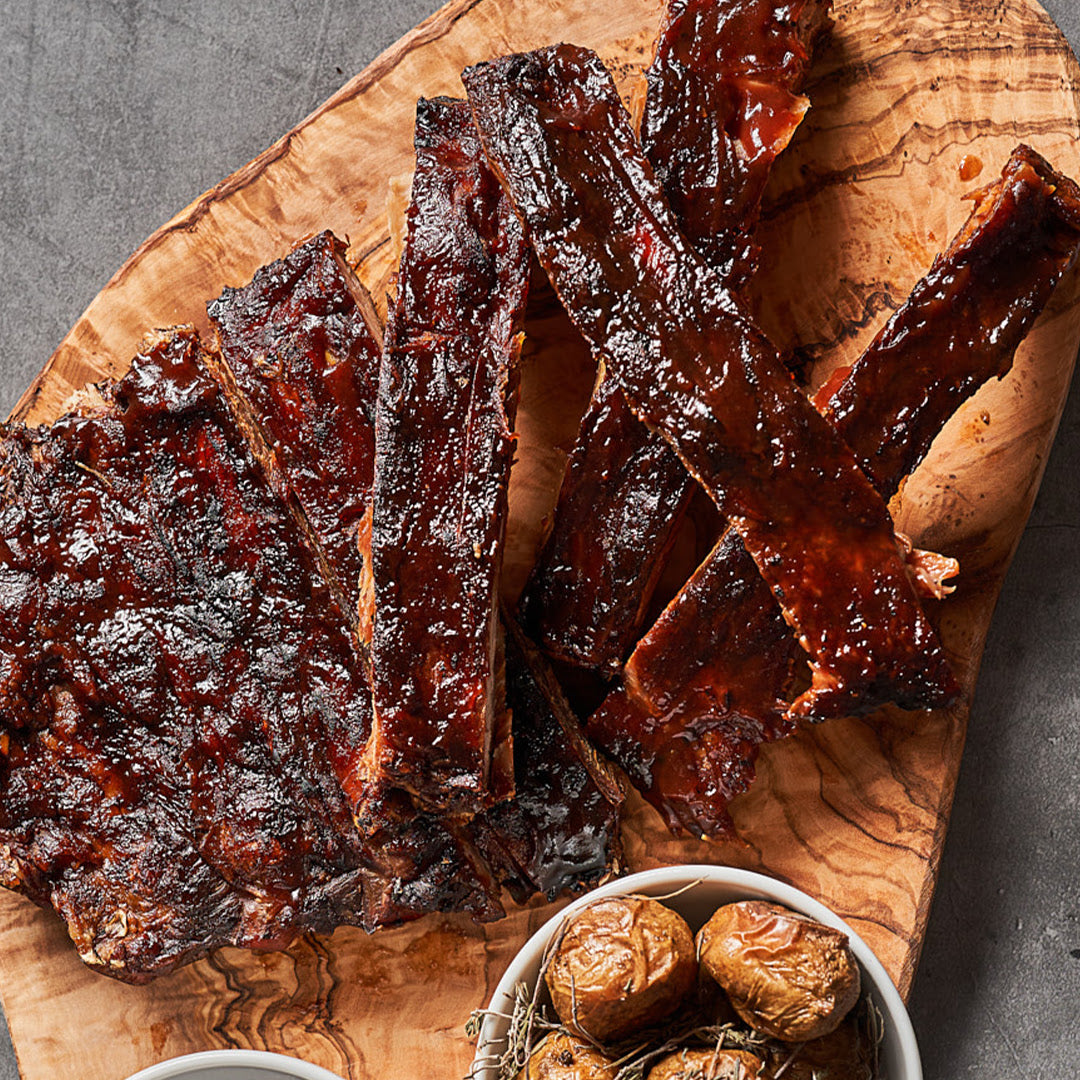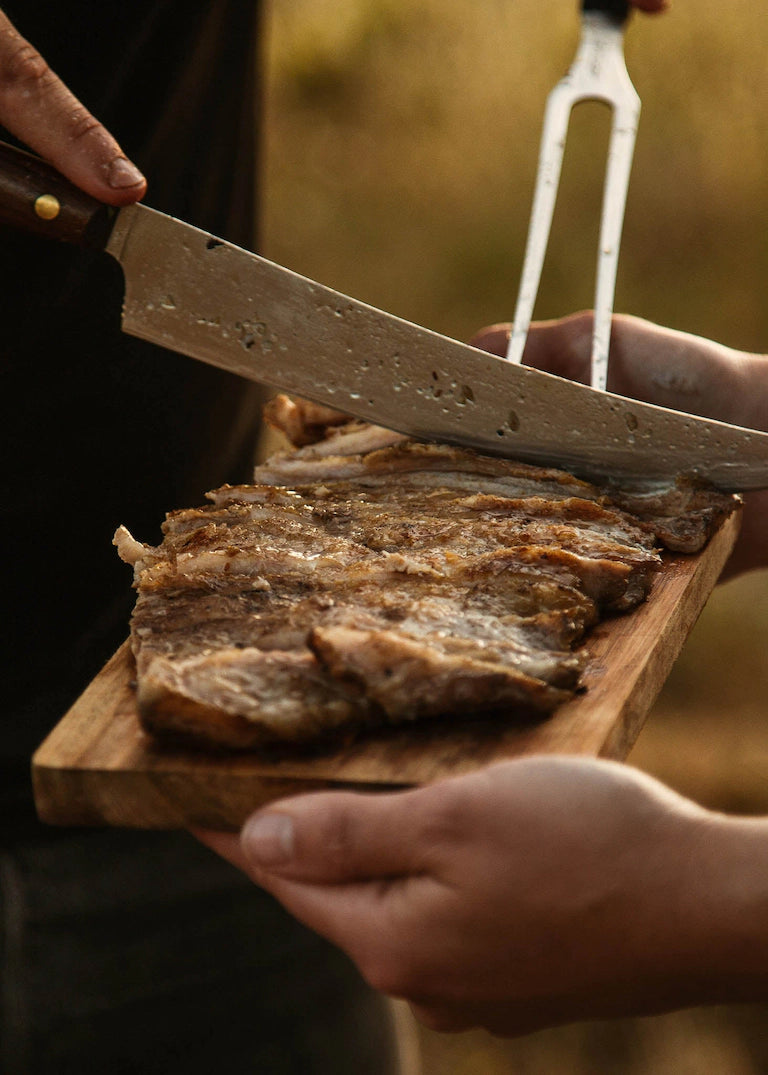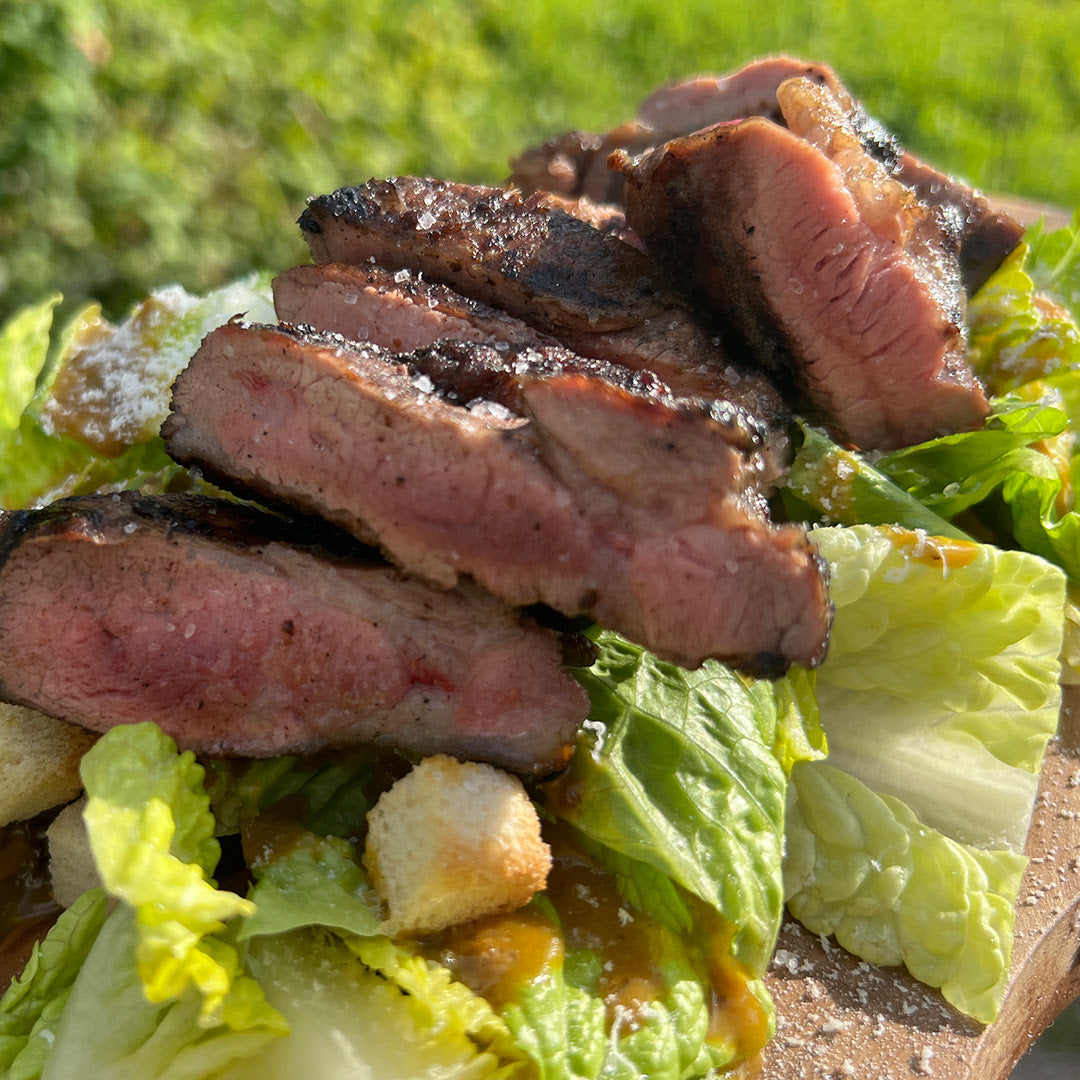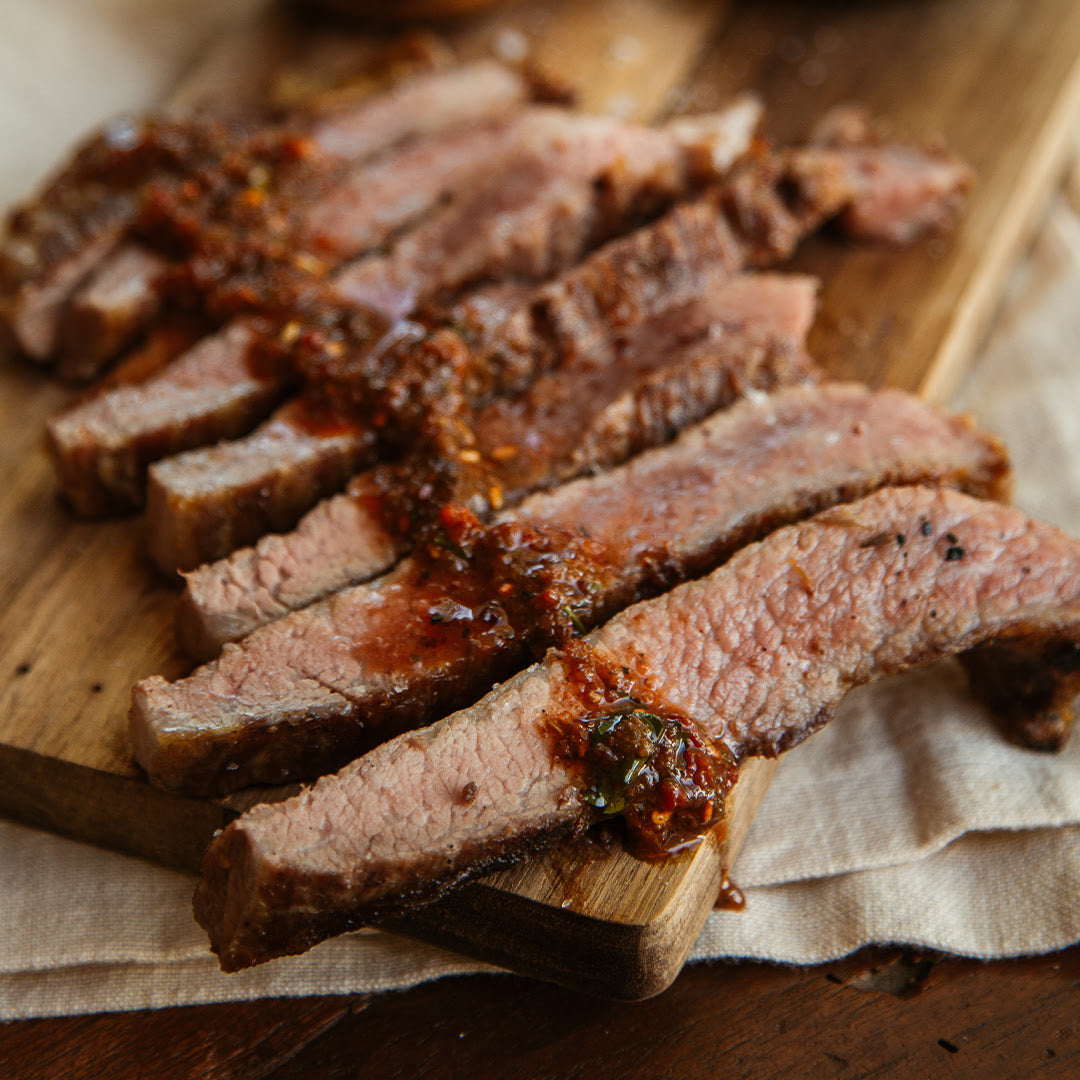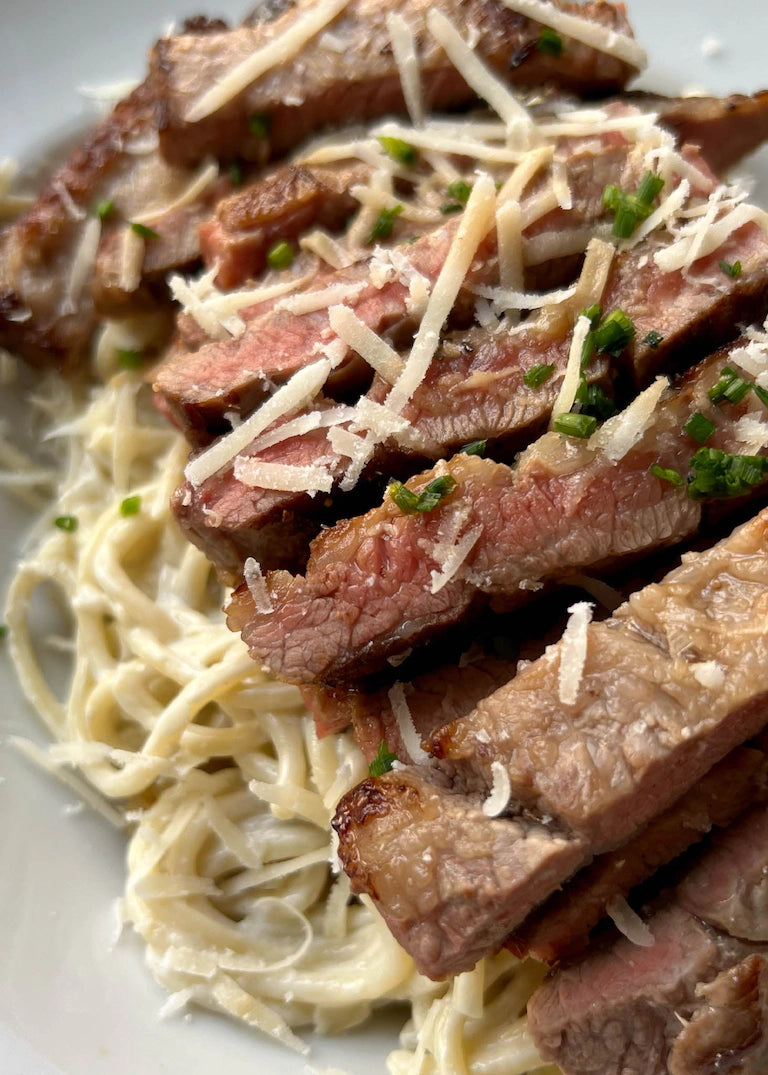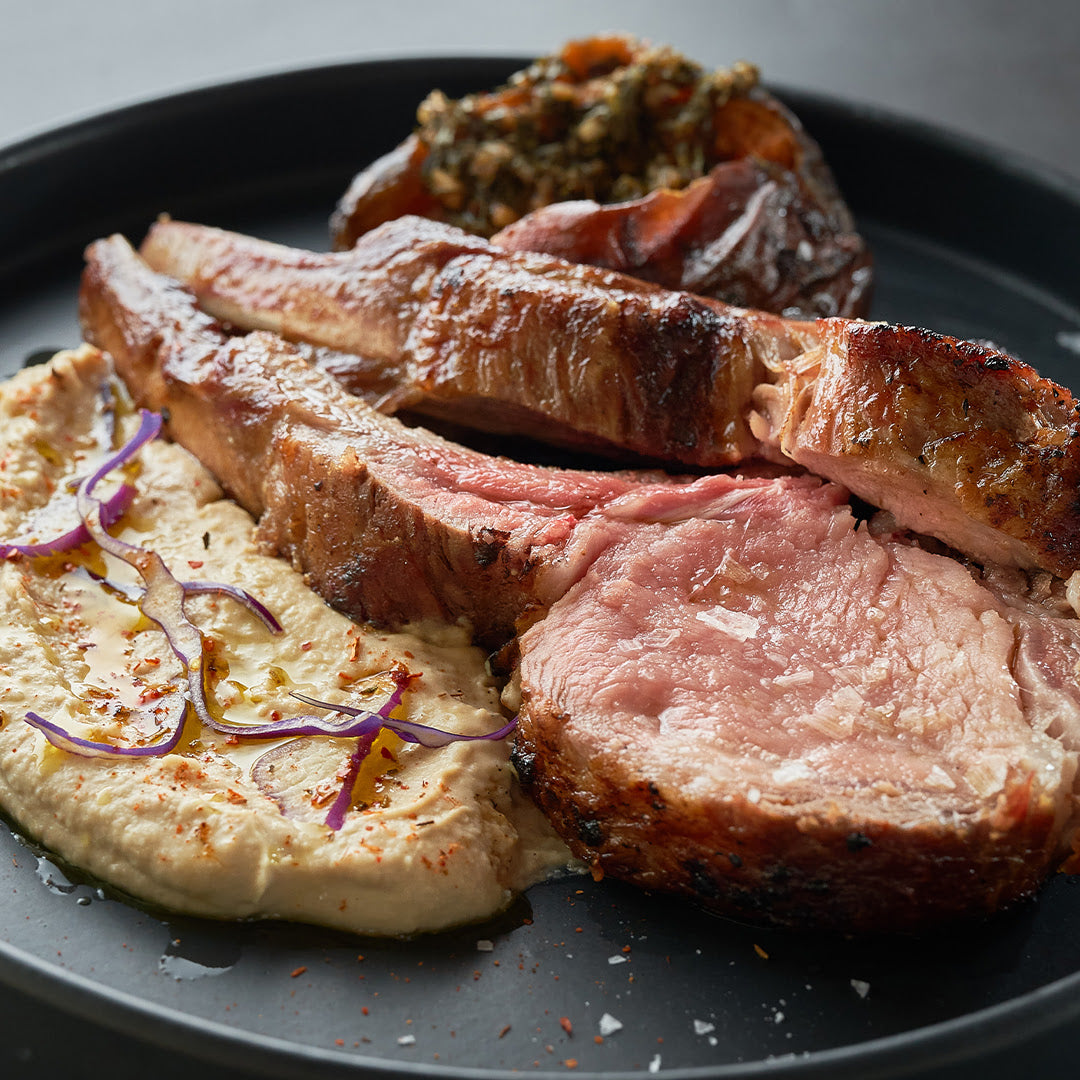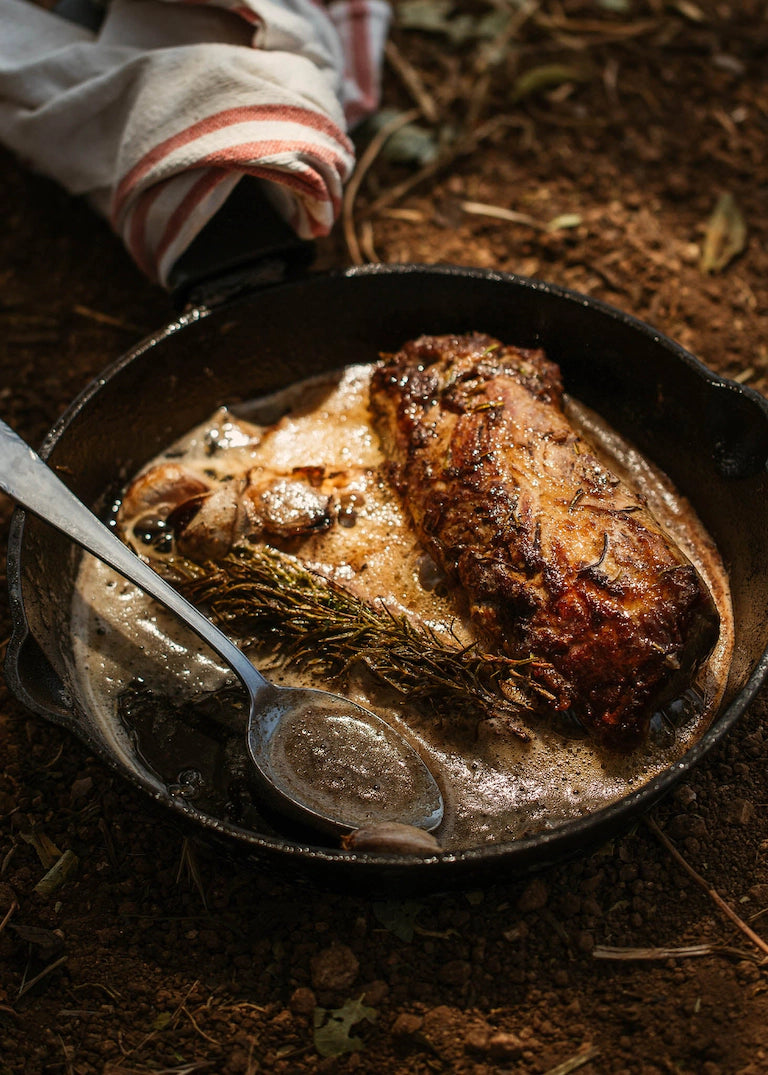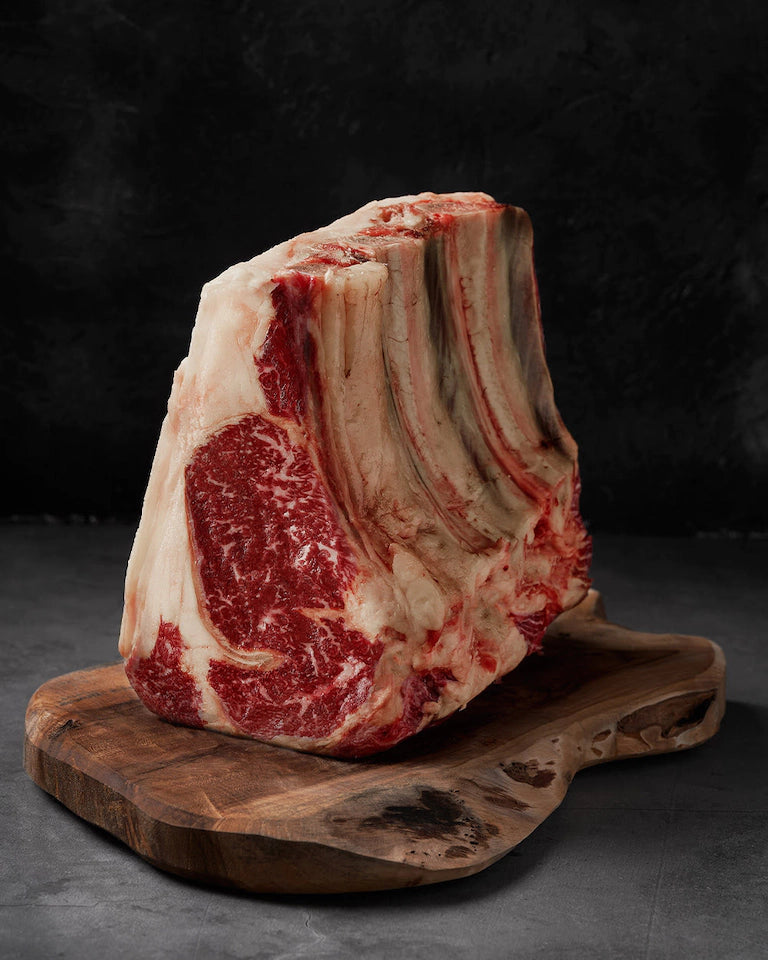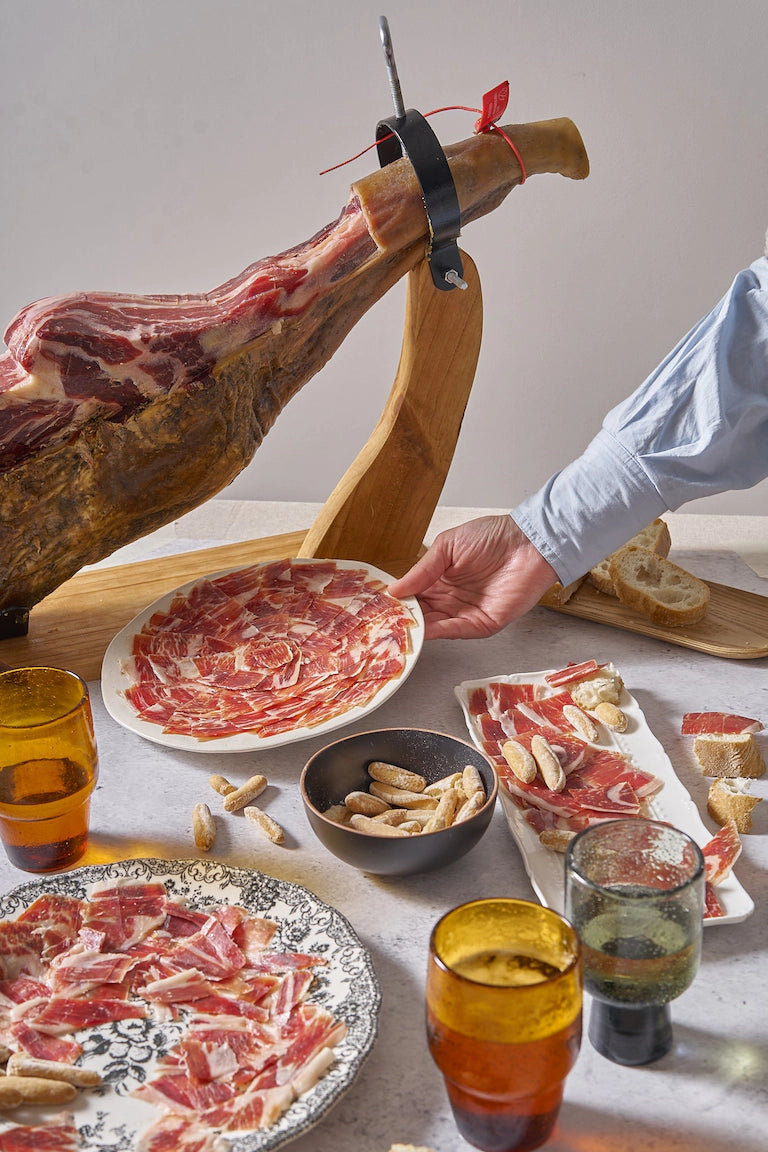
When you’re wanting to make a delicious pot of beef stew, quite possibly the most important part of the dish is the cut of meat you choose. Pick one that’s too tender and you’ll end up with a tough and chewy disaster.
While it may be hard to believe, the best cuts of meat for a good quality “melt in your mouth” tender beef stew is to use cheap, tough cuts. While you may be tempted to grab the top sirloins or ribeyes, if your hands are wandering towards these high quality tender cuts you would be better off ditching the stew idea entirely and serving up some grilled steak instead.
What Kind of Cut is Best For Beef Stew?
While there’s not really a “beef stew meat”, there are a lot of different types of cuts that work very well for beef stew. It’s best to avoid the meat cuts at the grocery store or butcher shop labeled “beef stew meat” however, as this is oftentimes randomly chosen cuts from different primal meats.
When it comes to beef stew, the tougher the meat is, the better off your stew will be. With well-marbled steak cuts, the kind you want for a good steak and potatoes, you’ll end up with a chewy cut of meat if you put it in a stew. All the fat will melt away into the soup during the lengthy cooking time. That will make the meat seize and stiffen, getting chewy and too tough to enjoy.
Surprisingly, for stew, you’ll want those lower-priced tough meats like Chuck. Because beef stew is cooked slowly on a low-temp simmer, the meat will slowly soften during cooking and will end up tender, and melt-in-your-mouth good.
Chuck is definitely the best cut for beef stew, but that doesn’t mean you can’t use others. NY strip steak is also a decent choice. It’s a tough meat to begin with, though not as tough as chuck or shoulder. This means that, once you cook it for the length of time necessary for beef stew, you’ll end up with juicy and tender beef strips.
How To Use NY Strip Steak for Beef Stew
If you want to get your stew right using NY strip steak, you’ll most definitely need to brown it first. Browning your beef in a skillet or pan first will allow for more evaporation from the cut than putting it directly into the stew would.
Some recipes may call for adding flowers to the meat to dry the surface. While this is a good way to go, it does tend to make it more difficult to brown the meat first. However, the flour will help thicken the sauce later.
Preparing the Beef
With your strip steak, you’re going to want to sear it before you add it to your stew. Far too many people will simply dump the raw steak into the pot and call it a day. While this is a valid way to go about it, if you want a truly flavorful and complex dish, you’ll need to sear it. On top of the flavor profile, seared meat just looks better and more palatable. If you don’t sear it beforehand, you’ll end up with ugly gray meat that just looks unappetizing.
You won’t need to worry about overcooking it also - by nature, braised meat should be well-done, and the stew itself will keep it from getting tough.
The Broth
The next part of the beef stew equation is the broth.
While just using water is acceptable, you’ll end up with a somewhat boring dish this way. Adding beef stock instead will liven it up and give it some character.
A lot of recipes will call for a thickening agent, such as making a roux. But this genuinely isn’t needed and can weigh your stew down with unneeded excess starch.
Simmering your potatoes will give your stew all the starch and thickness it needs, plus stews typically call for larger chunks of meat and vegetables than a regular soup. The liquid in a stew doesn’t need to be thickened, and certainly not as thick as say, a gravy might be.
The Vegetables
Finally, your vegetables. Vegetables are an important staple in a stew, and it is truly not the same without them. Those large chunks of potato and carrots are an integral part. Though, while you may be tempted to let all your vegetables simmer in the pot with your meat for the entire duration, you’d be making a mistake doing it that way.
Add your veggies 20 minutes before it’s finished. They’ll be tender and perfect by the time the stew is finished.
Final Thoughts
Stew may seem complicated at first glance, especially when using a non-conventional cut of steak, but it’s an amazing hearty dish that anyone can make. NY Strip may not be the cut of steak that’s everyone’s first choice for a stew, but it can be just as mouth-watering as any other when prepared correctly.
